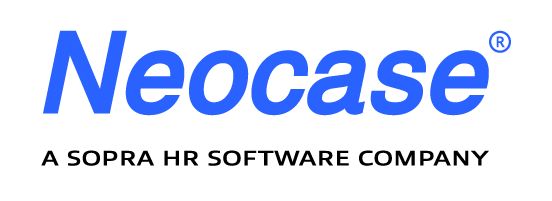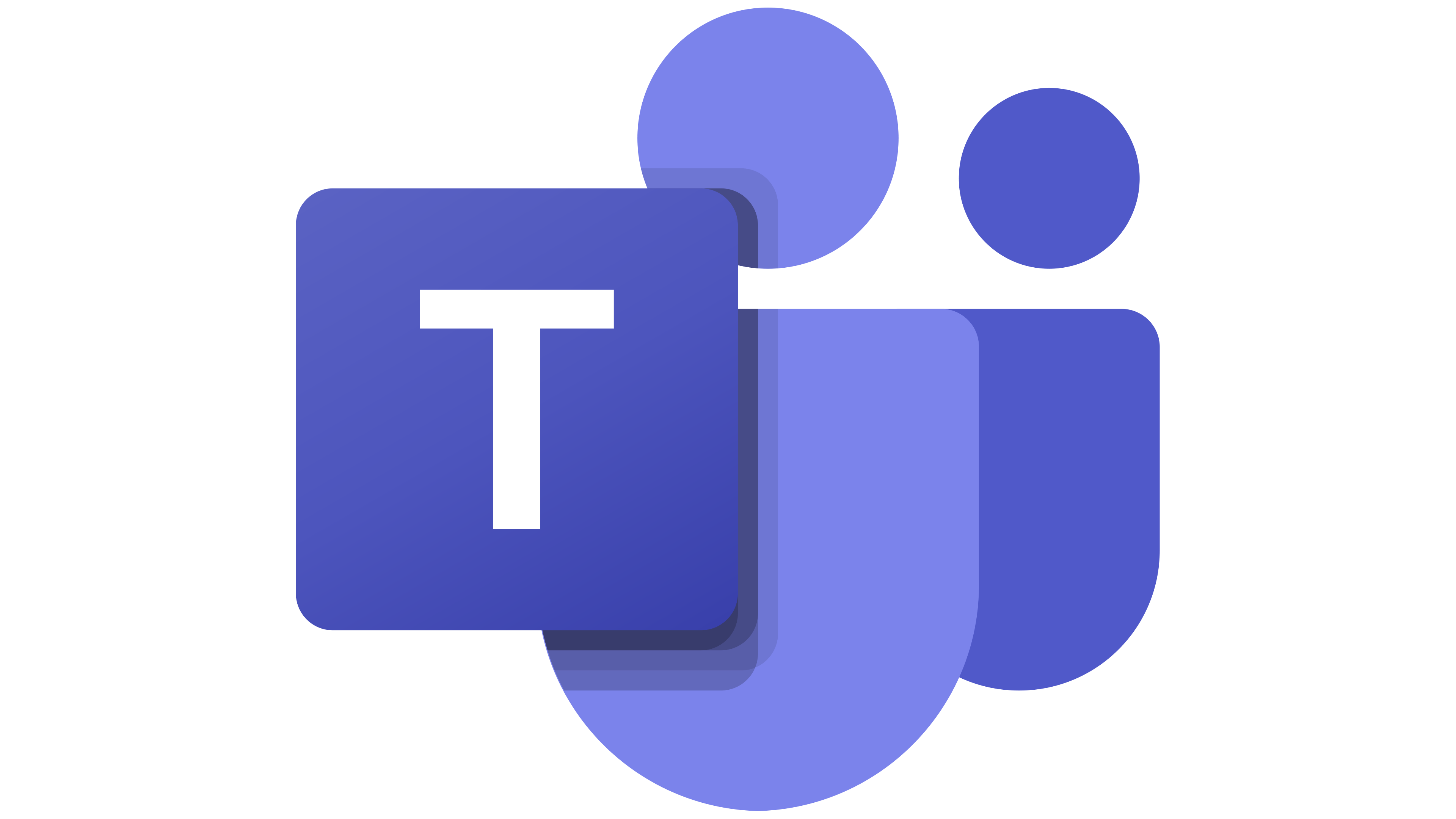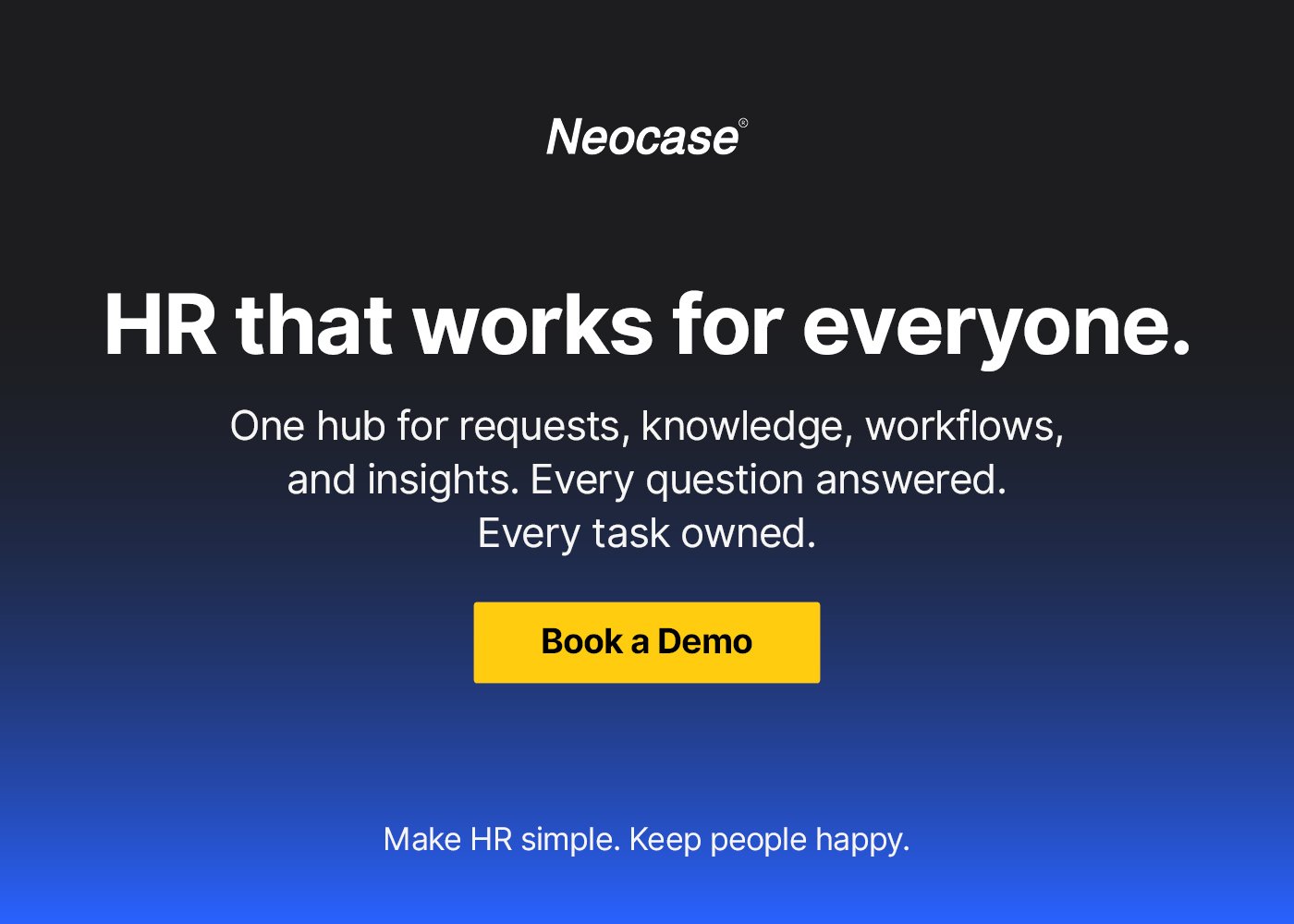Your Guide to Handling Employee Misconduct
Let's talk about employee misconduct. It's not ideal, it's not fun, but it is an incredibly important part of the j-o-b of employee relations. It is a complex process that has to be handled with care and attention. Because, not only are there a lot of human emotions involved, but there are legal implications and processes that have to be taken into consideration as well.
This checklist was put together to give employee relations professionals a reference point. It is a comprehensive guide for handling employee misconduct investigations, ensuring that the process is systematic, fair, and well-documented. It covers best practices, key steps in the investigation, and legal considerations.
Best Practices
When it comes to best practices for handling employee misconducts, there are a few points that can help guide you:
- Follow a structured and impartial process.
- Make sure that you collect and document all relevant facts throughout the process.
- Maintain clear communication with all parties, communication is key! 🗝️
- Keep a "paper trail" of each and every step (although physical paper can be lost, or destroyed with an accidental bump of your coffee, this is why it's best to go digital with this process 😉)
- Ensure the investigation adheres to local legislation and company policies.
Checklist Overview
Okay, now let's jump into the checklist. We break it down into 8 categories to reduce confusion and make it easy to follow.
-
Process and Documentation (again, go digital, you won't regret it)
- Log the accusation and consult the organization’s code of conduct.
- Create a secure folder for storing all investigation documentaion.
- Ensure the anonymity of the complainant if requested.
- Inform relevant stakeholders about the situation.
-
Formal Interviews
- Conduct interviews with the complainant, the accused, and any witnesses.
- Record and document these interviews carefully.
-
Reporting and Recording
- Compile a detailed report based on the findings.
- Present the report to relevant stakeholders.
-
Decision and Action
- Decide on an appropriate course of action and document it.
- Create a timeline for implementing the action steps.
-
Communication
- Communicate the outcome to the complainant first.
- Notify the accused and other parties as necessary.
- Amend the action plan if there is any dissatisfaction from involved parties.
-
Legal Considerations
- Forward reports and documentation to legal authorities if required.
- Notify union representatives if applicable.
- Ensure the rights of both the complainant and the accused are upheld.
-
Fairness and Impartiality
- Ensure that all parties are treated impartially.
- Handle accusations based purely on facts.
- Communicate actions transparently to maintain fairness.
-
Impartiality of Investigator
- The investigator should not be the employee's direct manager.
- They should have no personal relationships with any stakeholders.
- The investigator must remain unbiased and objective.
Simplified Checklist for Employee Misconduct Investigation
Below is a checklist you can follow to make sure that you are covering your bases. Please keep in mind, as we do provide this information as a helpful resource, the information provided is for guidance purposes only and is not a substitute for professional legal advice. For serious or sensitive employee matters, it’s always best to consult your legal counsel to ensure compliance with local laws and regulations.
Process:
Log the accusation.Consult the organization’s code of conduct.
Create a secure documentation folder (ideally this is online in a secure folder).
Inform relevant stakeholders.
Ensure complainant’s anonymity if requested.
Documentation:
Conduct formal interviews with the complainant and the accused.Interview witnesses if applicable.
Record and document all interviews.
Reporting:
Write a detailed report.Present the report to relevant stakeholders.
Decision and Actions:
Decide on a course of action.Document and communicate the decision.
Communication:
Communicate the outcome to the complainant first.Notify the accused and amend actions if necessary.
Legalities:
Forward reports to authorities if needed.Notify union representatives if applicable.
Uphold the rights of all involved parties.
Fairness and Impartiality:
Treat all parties fairly.Base decisions purely on facts.
Communicate transparently.
Investigator Requirements:
Ensure investigator is impartial and unbiased.
Investigator should have no personal relations with stakeholders.
In conclusion, conducting a fair and thorough employee misconduct investigation is essential for maintaining trust, integrity, and transparency within any organization. By following a structured approach, as outlined in the checklist above, you can ensure that each case is handled impartially and with the appropriate level of care. Always remember to document every step, communicate clearly with all parties involved, and adhere to both internal policies and legal standards. Doing so not only safeguards your organization but also fosters a culture of accountability and respect, ensuring that every employee feels heard and valued.
*Please note that the information provided is for guidance purposes only and is not a substitute for professional legal advice. For serious or sensitive employee matters, it’s always best to consult your legal counsel to ensure compliance with local laws and regulations.

 Microsoft Teams
Microsoft Teams
 Workday
Workday


